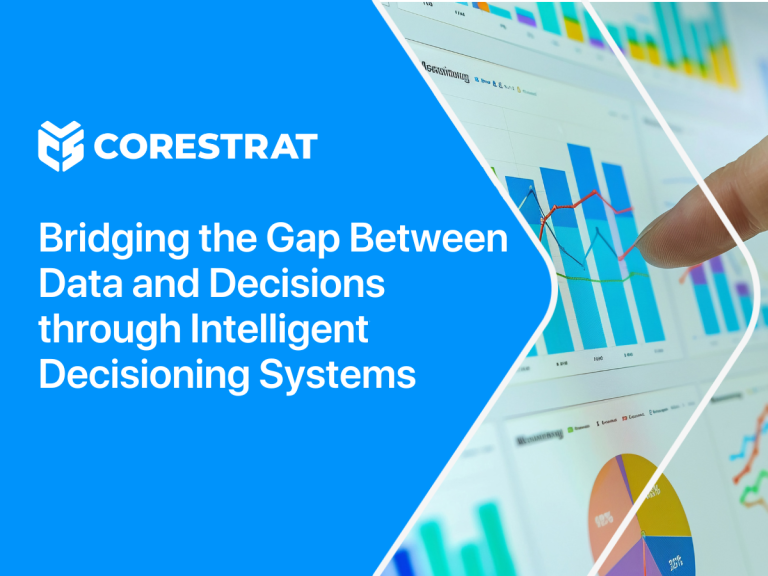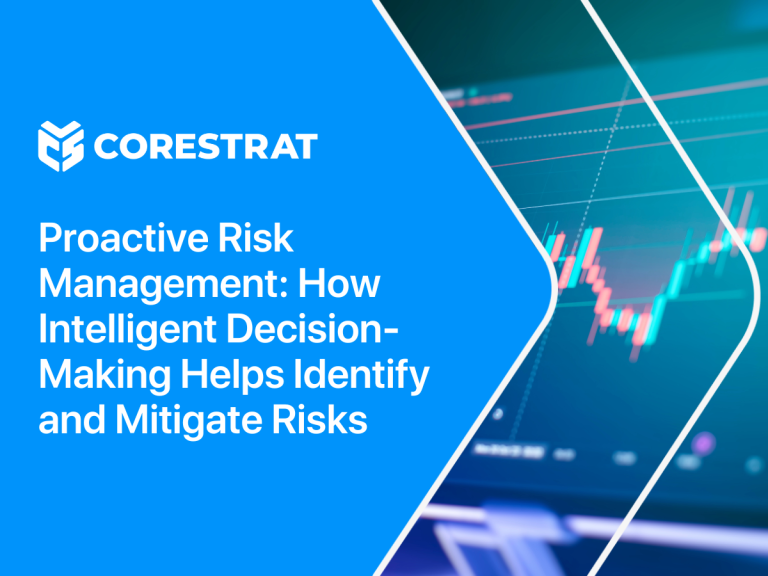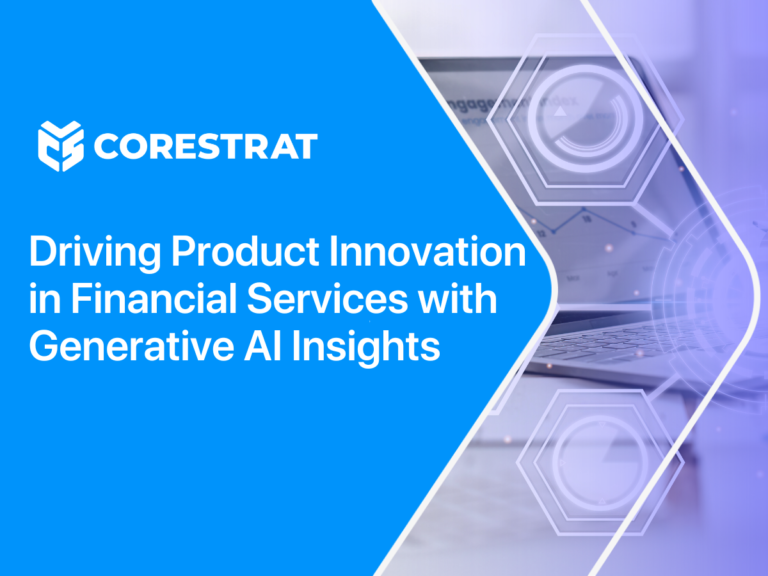
Bias in Decision-Making: How Intelligent Decisioning Systems Can Help Make Informed Decisions
With the business world evolving with data and technology disrupting the course of action as you even read this article, biased decisions can lead to missed opportunities, inefficiencies, and financial losses. This is where intelligent decisioning systems powered by artificial intelligence and machine learning offer a promising solution.











